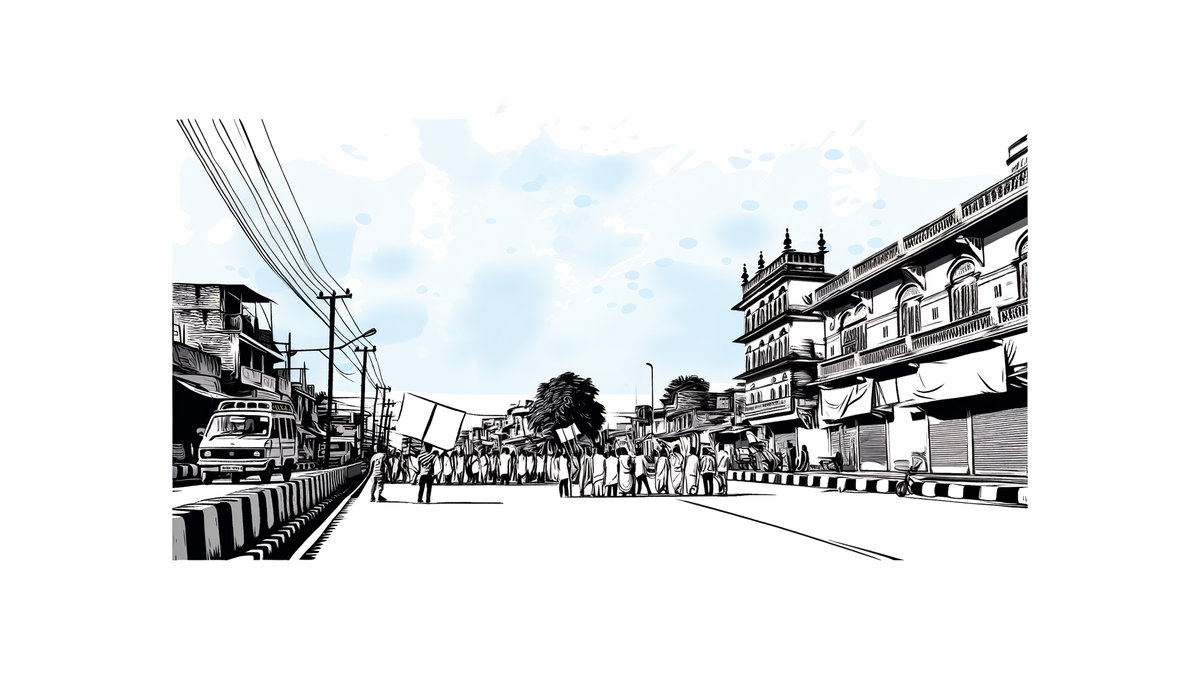
The recent outbreak of violence in Nagpur, a significant city in Maharashtra, has raised questions about communal harmony and the state’s governance. The incidents, marked by clashes between different communities, have not only resulted in the loss of peace but have also pushed the city into a spotlight of national concern. As tensions simmer, many are left pondering how Chief Minister, the head of the state, seemed unaware of the growing unrest that was brewing right in his backyard.
Nagpur, known for its rich cultural and historical heritage, has unfortunately become the stage for communal disputes. The violence, which reportedly started from a minor altercation, quickly escalated, leaving behind a trail of destruction, including damaged property and injured civilians. The situation became grave enough to warrant the imposition of Section 144, prohibiting the assembly of four or more persons to restore order. Social media platforms have been flooded with calls for peace, alongside distressing visuals of the violence, urging authorities to take stringent actions.
The apparent lack of foresight and preparedness on the part of the state government has come under scrutiny. Critics argue that an effective intelligence system and proactive measures could potentially have prevented the escalation of violence. “The fabric of our society is woven with threads of diverse cultures and religions. It’s disheartening to see such turmoil in Nagpur,” noted a social activist, emphasizing the importance of maintaining communal harmony. The Chief Minister’s office has assured that all needed steps are being taken to control the situation and has appealed for peace and cooperation from the citizens of Nagpur.
However, this incident has sparked a debate on the efficiency of the governance in Maharashtra. With the Chief Minister at the helm, questions about accountability and the responsiveness of the state machinery to such sensitive issues are being raised. “How does such a lapse happen in a state known for its robust administrative setup?” a political analyst pondered publicly, reflecting a sentiment shared by many.
In response to the violence, the state government has announced a series of measures aimed at restoring peace and order. These include heightened police patrols, community meetings to ease tensions, and compensation for those affected by the clashes. Furthermore, the government has initiated an investigation to understand the root causes of the dispute, with a promise to take stringent actions against those found guilty of inciting violence.
As Nagpur slowly returns to calm, the incident stands as a reminder of the delicate balance that must be maintained to uphold communal harmony. It serves as a test of the governance under the Chief Minister, highlighting the challenges of managing diverse communities within a densely populated state like Maharashtra. The unfolding events in Nagpur may very well shape the policies and approaches adopted by the state government in preventing and responding to similar crises in the future.









